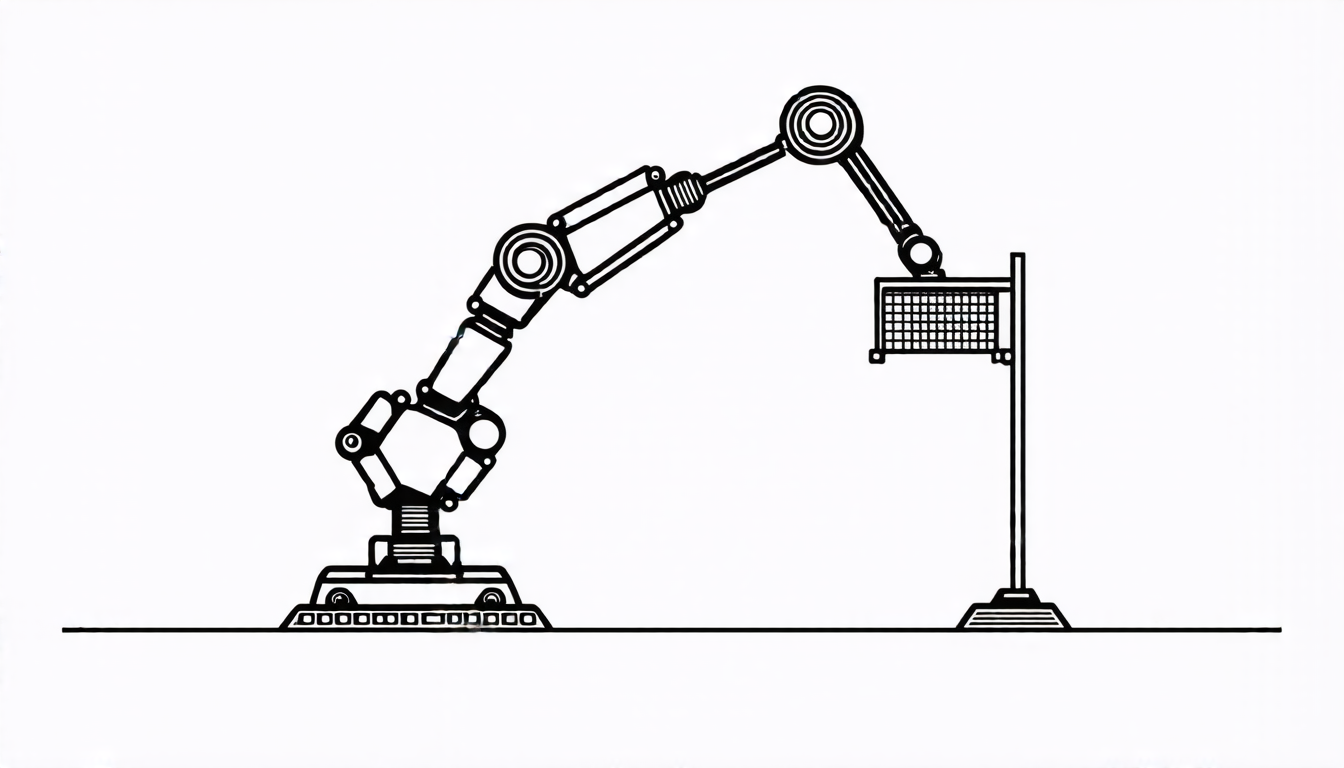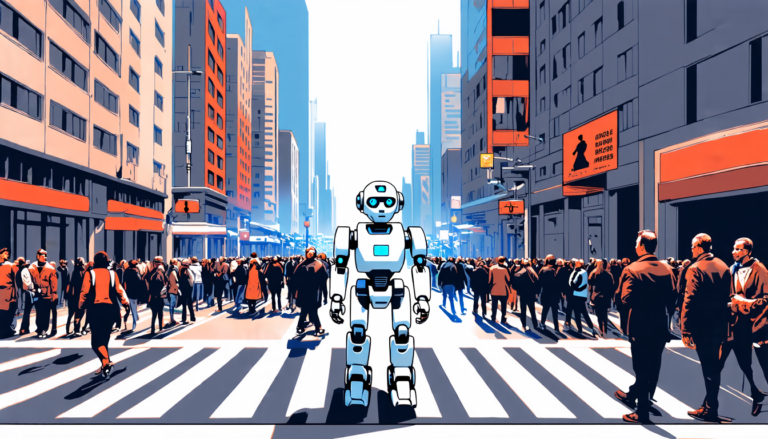Wednesday 23 July 2025
Artificial Intelligence has made tremendous progress in recent years, but there’s still one significant hurdle it needs to overcome: learning in complex and continuous environments. Reinforcement Learning (RL) algorithms have been shown to excel in simple discrete tasks, but when faced with real-world challenges like robotics or computer vision, they struggle.
The issue lies in the way RL models are trained. They typically rely on large amounts of data from various sources, which can be noisy, biased or incomplete. This makes it difficult for them to learn generalizable skills that can adapt to new situations.
A team of researchers has proposed a novel approach to tackle this problem. By leveraging recent advances in transformer architectures and state-space models, they’ve developed a model called Mamba, capable of scaling up reinforcement learning to complex continuous environments.
Mamba uses a combination of attention mechanisms and selective structured state spaces to efficiently model long-range dependencies in sequences. This allows it to learn from a few interactions with the environment, rather than requiring massive amounts of data.
The researchers tested Mamba on four challenging continuous control tasks: Reacher-Goal, Pusher-Goal, HalfCheetah-Vel, and Ant-Goal. These tasks require the robot or agent to navigate through complex environments, interact with objects, and achieve specific goals.
The results were impressive: Mamba outperformed existing RL algorithms in all four tasks, often by a significant margin. In Reacher-Goal, for instance, it achieved an average reward of 1.45, compared to the next best model’s 0.85. Similarly, in HalfCheetah-Vel, Mamba reached speeds of up to 2.5 meters per second, while other models struggled to reach half that speed.
The implications of this breakthrough are far-reaching. Mamba has the potential to revolutionize fields like robotics, computer vision, and autonomous driving, where complex continuous environments are the norm. By enabling RL models to learn from a few interactions with the environment, Mamba could accelerate the development of intelligent machines capable of adapting to new situations.
One of the key advantages of Mamba is its ability to scale up reinforcement learning to complex tasks without requiring vast amounts of data. This makes it an attractive option for domains where collecting and labeling large datasets is challenging or impractical.
The researchers are optimistic about the potential of Mamba, and believe it could be a game-changer in the field of artificial intelligence.
Cite this article: “Scaling Up Reinforcement Learning with Mamba: A Novel Approach for Complex Continuous Environments”, The Science Archive, 2025.
Reinforcement Learning, Artificial Intelligence, Mamba, Transformer Architecture, State-Space Models, Attention Mechanisms, Selective Structured State Spaces, Continuous Environments, Robotics, Computer Vision







